Outbound IVR
Estimated reading time: 20 minutes | Target users: Supervisors
In this tutorial, you will learn the basic functions and features of VCC Live’s Outbound IVR.
The Outbound IVR is an automatic dialing mode that is used to establish connections between customers and VCC Live’s system without involving an agent. If a call is answered, the system then automatically transfers it to a specific inbound process.
As a project that utilizes the Outbound IVR dialing mode requires no agent input, the Outbound IVR dialer can be considered a fully automatic dialing mode, but it can also be configured to allow your customers to quickly reach agents in just a few steps. This mode can include playing voice recordings to clients, reading the client’s balance and payment due date, redirecting clients to an available agent or answering machine feature, and more.
In this tutorial, you will learn:
- What the characteristics of Outbound IVR dialer mode are
- When to choose this dialing mode
- Which the available settings are and what they mean
- How to create an Outbound IVR project
- How to prioritize your dialing list
- How to monitor the efficiency of outgoing campaigns using Outbound IVR
- Some Outbound IVR usage examples
1. The Characteristics of Outbound IVR
In a nutshell, Outbound IVR (Interactive Voice Response) is a set of predefined, automated messages that work as an interactive system, allowing clients to navigate through the menu of various messages and options.
Let’s take a look at the main features and characteristics of Outbound IVR:
No agent is needed for the project: The Outbound IVR dialer mode operates without agents, therefore it can perform outbound calls in a greater quantity. You can set up projects for Mass Callings (also known as Robo Calls) to run campaigns, telemarketing, urgent messages, sending reminders or any other kind of messages necessary for your business.
Reactive automation: The Outbound IVR system dials through the contacts in the database and performs predefined actions when a call is successfully established.
Full IVR solutions integration: It is possible to use all VCC Live’s inbound IVR actions and processes in Outbound IVR projects. If you want to provide real-time assistance within your Outbound IVR project, you can create queues as well, so clients will still be able to contact specific agents.
Customizing calls: You can personalize your outbound calls by incorporating client data from your project’s database. Information to create these customized calls can be acquired from the client’s CRM system too, using real-time HTTP requests.
Defined timeframe: You can determine the running time of your Outbound IVR project, as well as the maximum number of dialing attempts that can be made to reach your clients.
Multichannel workflow: Besides phone calls, you can expand your Outbound IVR with other means of communication too. For example, you can integrate your email or text messaging solutions in your Outbound IVR project to reach your clients more efficiently.
2. When Should You Choose Outbound IVR?
In VCC Live, there are 3 main dialer modes (Manual, Power and Predictive dialers), and with Outbound IVR you have a fourth method of managing your outgoing calls. But how should you know when to use each one? Below you can find some useful information and benefits of using Outbound IVR, so you can see whether it is the best choice for you.
When no agent is needed: If your project does not need to have real agents when contacting clients, then Outbound IVR is probably the best option for you. It is capable of performing a Mass Calling service, which can be used for educational, information and political campaigns.
When agent assistance is only needed occasionally: Even during automated processes, there are instances where a client needs to contact an agent, or vice versa. In such projects, Outbound IVR works very well.
When client approval is needed to receive a call: If you want to let your clients decide whether they want to receive a call from your agents you can set up such messages in the Interactive Voice Responsive menu, so your clients do not have to participate in unsolicited calls.
Other common cases where Outbound IVR can be used include:
- First level of debt collection campaigns: where the amount due or the extent of a missed deadline is not significant and does not yet require agent interaction.
- Completing surveys: clients can press their phone keypads in order to provide answers as values when participating in a survey.
- Cross- and up-selling campaigns: you can reach your existing clients and propose new products, special bundles or exclusive opportunities to them.
- Customer notifications: if you have a quick and important announcement for your clients regarding your business, you can send your voice message right away.
- New frontiers: Outbound IVR, with its unique features can be used for many more activities. It’s up to your imagination to explore the possibilities.
3. Available Settings
In order to set up your Outbound IVR project, you need to adjust a number of available settings in the VCC Live Supervisor interface. To access these settings, navigate to your Project > Channels > Voice > Call statistics > Dialing settings (after selecting Outbound IVR in the Dialer mode section above).
Simultaneous calls: Indicates the number of calls the system initiates at the same time. Once this value is provided, based on this and your database size you can calculate how much time VCC Live needs to run your campaign. The maximum number of simultaneous calls is 10. Please note that if you use another service provider other than VCC Live’s telecommunication services, they may apply a channel limitation. Therefore it is advised to double-check what your potential limitations may be, or set up a lower value to avoid calls being refused by your provider.
Note: When setting up a limit for Simultaneous calls, keep in mind that multiple projects can use the same trunk.
Inbound settings in Project > Channels > Voice > Inbound: Outbound IVR is closely related to the Inbound settings pane. You can set up the specific IVR menu to use here for your project, and you can also set what specific process should happen when a customer wishes to connect to one of your agents.
Transfer to project & Transfer to process: Here you can provide the linked project and specific process that is activated once the Outbound IVR call is answered by the customer. Usually and by default it is the same project’s inbound label process.
Dialing time (sec): The system dials customers for the time duration provided here. The value entered here stands for both dialing and ringing time. Please note that establishing a connection with mobile phone numbers may take more than 5 seconds, therefore it is advised to set this value between 30 and 40 seconds.
Call answer disposition: Lists the available Finished dispositions in your project. You can select which Finished disposition should be assigned to the call when it is answered by a customer.
Outbound IVR running timeframe: Set up the active days and timeframes for your project, so it only dials numbers from your database within that specific timeframe. If needed, you can set specific days and months too.
4. How to Create an Outbound IVR project
Let’s create a project in which we set up an Outbound IVR project. The steps below show the main steps you need to take when creating your project. In our example, the Outbound IVR project sends reminders to customers who are late with their most recent month’s payment.
Step 1 – Start with creating a new project and set up the Outbound pane.
- Set up a new project with dialing mode set to Outbound IVR, but do not activate the project just yet. Name the project ‘Password Reminder’.
- Select the project, then navigate to Project > Channels > Voice > Outbound.
- Enter a value in ‘Simultaneous calls’ to specify the number of calls that can be initiated or be in progress at the same time.
- Set the Dialing time (sec). The system dials the customer for the time duration specified here.
- Call answered - disposition : select which Finished type disposition should be set by the system when a call is answered.
- Running timeframe: select timeframes within which the project should dial your customers.
Step 2 – Create your IVR menu in the Inbound pane.
Before you can proceed with the remaining steps in the Outbound pane, you need to set up your inbound processes.
- In the project, navigate to Channels > Voice > Inbound.
- Add a new Timesheet titled “DC oIVR” with no timestrips specified.
- Under this timesheet, add the following inbound processes and items:
- A Label process called “DC oIVR start”
- A Playback process
- In the playback process settings choose the message that you want to be played to your customers (optional)
- Add an IVR button under the IVR process, allowing your clients to connect to an agent
Step 3 – Complete your Outbound page setup
- Connect your IVR menu to your Outbound IVR project by selecting the same project you are in, and the recently created IVR menu in the Transfer to project and Transfer to process sections.
- In the Transfer to process section you need to select your Label process.
Step 4 (optional) – Specify your inbound processes if you want your customers to be able to call you back.
It is important to let your customers call you back by dialing the number you set up for your Outbound IVR project. By doing this they can reach you and get information regarding the call they have missed. You can decide to either specify a completely different workflow for such calls, or allow them to reach the same inbound setup that is used by the Outbound IVR. To set up this latter process, complete the steps below:
- On the Inbound processes interface, select the ‘Default’ timesheet.
- Add a Jump process and name it “Jump to oIVR”. In the Jump process settings choose Label “DC oIVR start”. Press Save.
- Navigate to your script and choose Upload script, in order to Activate the project.
- Set the status of your project to Active at Project > General settings tab > Status
5. Prioritizing your dialing list
On the one hand, as with Power and Predictive dialers, the dialing order can be based on two dialing strategies Select either the Importance or Sequentially dialing method, based on your preferences – you find a detailed description on each of them here.
On the other hand, agents’ callback prioritization can be in accordance with a defined dialing list, based on indexed field values. Example: If there are 10 callbacks set (with values a, b, c and d) scheduled to be performed within a very short period of time, or at the same time, then the dialer initiates these calls based on the priority list submitted in the Dialing list order tab.
6. Monitoring the efficiency of outgoing campaigns using Outbound IVR
Here are the most important logs and reporting tools in VCC Live to track the performance of your Outbound IVR project.
CDR Log
CDR Log displays all of your project’s Outbound IVR call attempts. Here you can see detailed information about a call attempt, such as destination phone number, answer time or length of call.
In order to keep track of processes that reach clients, use Set variable processes in the Inbound setup. If you create theseSet variables as Scores (vcc_scores), then these appear in the CDR Log as well as in the Scores column, showing the Value of the variable. If there are multiple fields, then the values appear in alphabetical order, separated by a “vertical line” character.
Database menu
The Database menu shows:
- The number of records available to call (Callable records)
- The number of records with no phone number to call (Non-callable records), and
- The number of records with a finished disposition that will not be called anymore (Finished)
- In Records list you can to see the current disposition of each record in the project, therefore it is possible to check, for example, how many were called but could not be reached, and which disposition they received.
This Database is also very useful if you wish to check the allocated Disposition for an answered call, as it is not visible in the CDR Log. Instead, you can check this by navigating to Project > Database > Records list. Once you are on this page, double click on a selected record, then select the Events tab. In the table that appears below you can check the Dispositions column.
Real-time monitoring
The Real-time monitoring tool shows the live, current situation of your project. Here you can track the project’s speed, its real-time dialing process, the number of callable records etc.
At the top of the Outbound section there is a summary of all of your running projects, including database size, instantly callable records and many other parameters, such as:
- Available to Call – the number of records that still need to be called
- Database Utilization (%) – the percentage of handled records in the database
- Ongoing Calls – the number of calls in progress
Below the Summary, you can find your projects’ statistics, depicted in separate lines and showing real-time data based on the above parameters.
7. Examples of Using Outbound IVR
Let’s take a look at some examples of using Outbound IVR which can help your business in a number of ways:
Promotional Messages
Pre-recorded messages can inform clients about a new product, sale or discount on an item that might interest them. These messages can also be used for cross-selling or up-selling techniques, and are most effective when they end with an impressive call-to-action.
Reminders
The Outbound IVR can remind clients of upcoming deadlines such as payment dates, subscription renewals and updating account information. Not only that, but the IVR interface lets your customers perform the necessary actions themselves too, for example they can update their personal information in our database or get in touch with one of your agents if they need to. In particular, Outbound IVR works very effectively as the first level of communication for Debt collection, providing information about due dates and debt amounts.
Conducting Surveys
You can set up a system of questions for your customers, which they can then respond to. Once it is launched, the Outbound IVR system can then collect and record feedback from them. You can also measure the level of Customer Satisfaction (CSAT), which is a key indicator in evaluating the performance of your business. You can find a detailed, step-by-step guide on how to set up and measure Customer Satisfaction using Outbound IVR in this tutorial.
Something completely different
Outbound IVR, as an automated system that can operate without agent interaction, has a huge amount of potential. Based on your business perspective, Outbound IVR can help you come up with personalized solutions and new ideas. Try experimenting, and find out how you can use this feature for your business’ own particular needs.
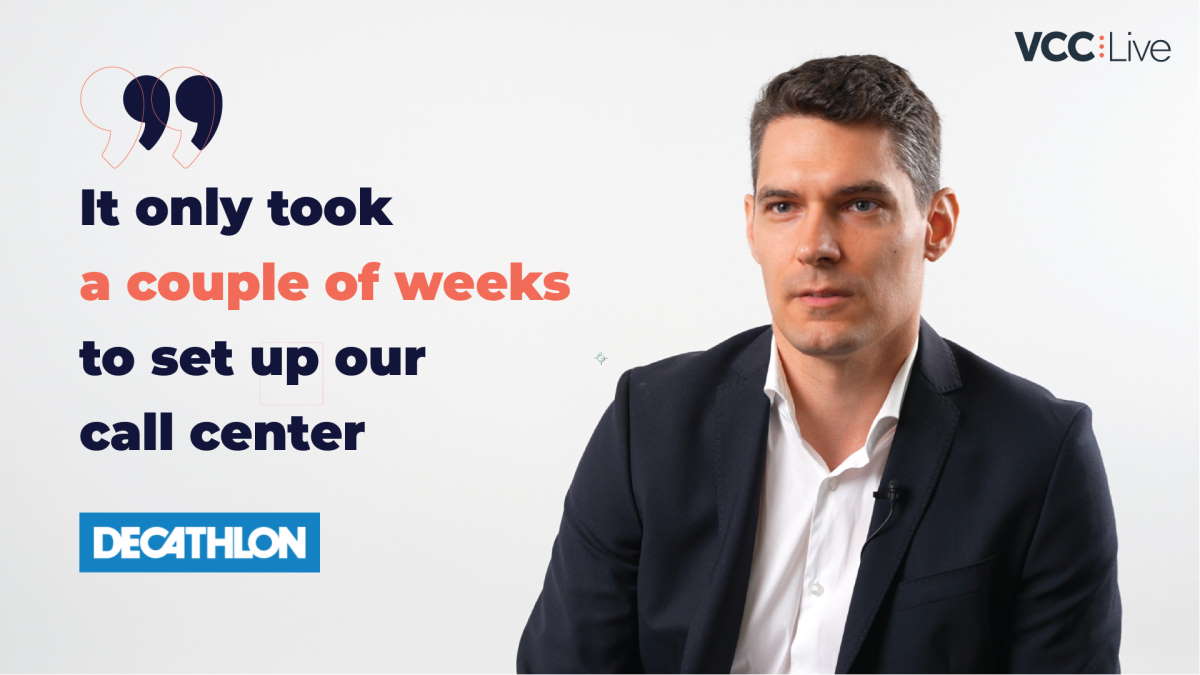
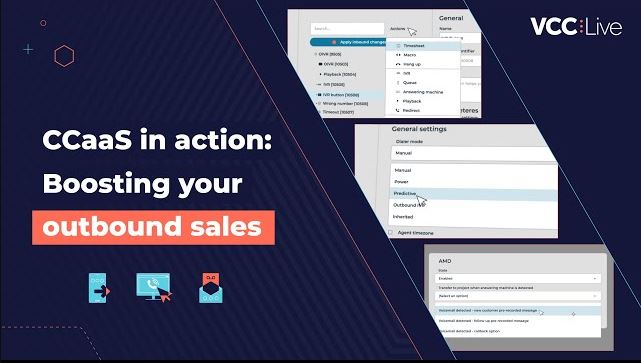
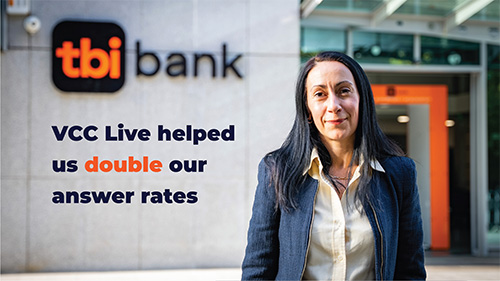
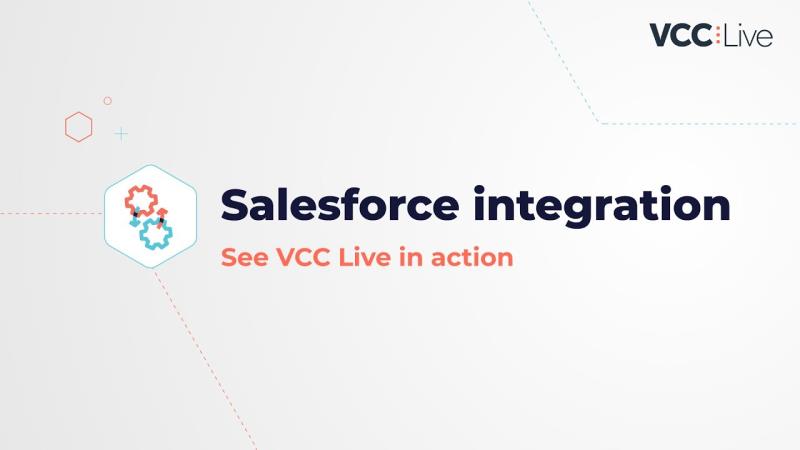
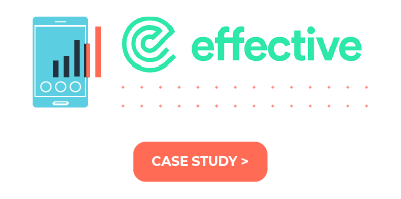
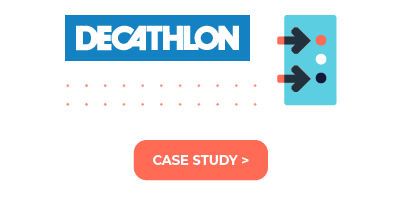
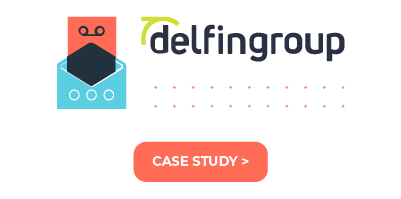
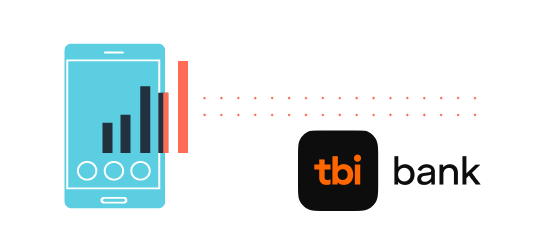
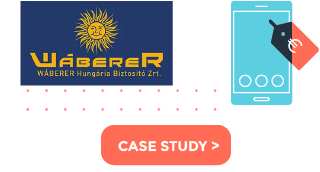
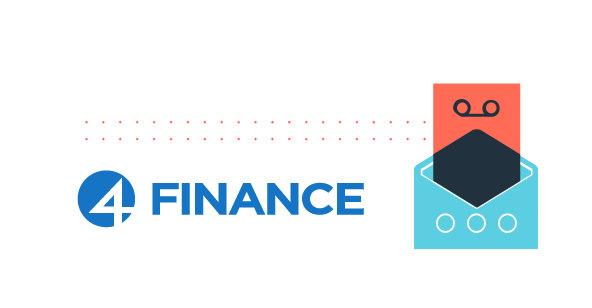

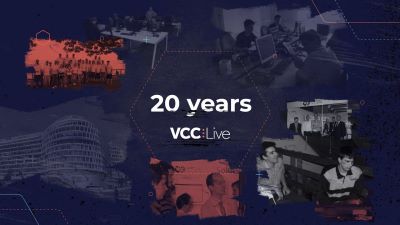
Comments
Can’t find what you need? Use the comment section below to connect with others, get answers from our experts, or share your ideas with us.
There are no comments yet.